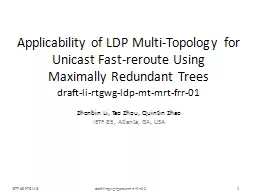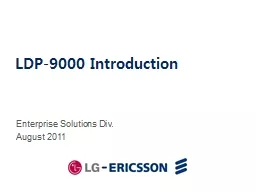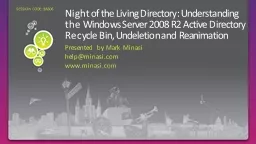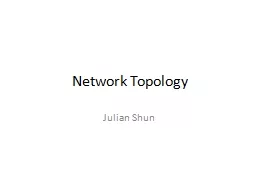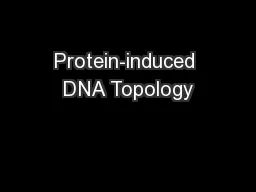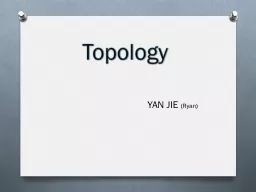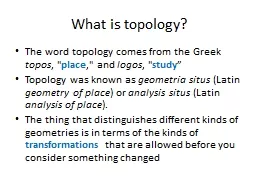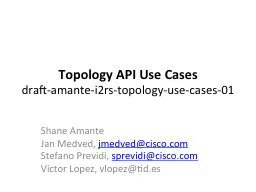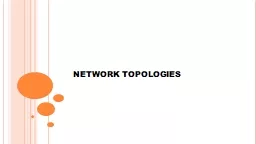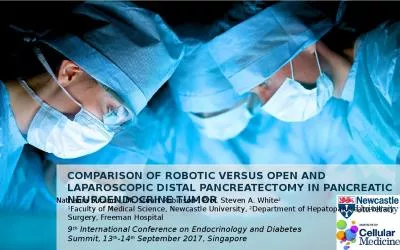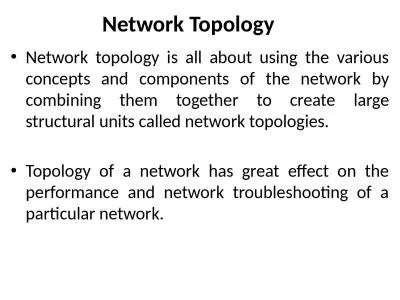PPT-Applicability of LDP Multi-Topology for
Author : calandra-battersby | Published Date : 2017-06-23
Unicast Fastreroute Using Maximally Redundant Trees draftlirtgwgldpmtmrtfrr01 Zhenbin Li Tao Zhou Quintin Zhao IETF 85 Atlanta GA USA Introduction I Dietf rtgwg
Presentation Embed Code
Download Presentation
Download Presentation The PPT/PDF document "Applicability of LDP Multi-Topology for" is the property of its rightful owner. Permission is granted to download and print the materials on this website for personal, non-commercial use only, and to display it on your personal computer provided you do not modify the materials and that you retain all copyright notices contained in the materials. By downloading content from our website, you accept the terms of this agreement.
Applicability of LDP Multi-Topology for: Transcript
Download Rules Of Document
"Applicability of LDP Multi-Topology for"The content belongs to its owner. You may download and print it for personal use, without modification, and keep all copyright notices. By downloading, you agree to these terms.
Related Documents

